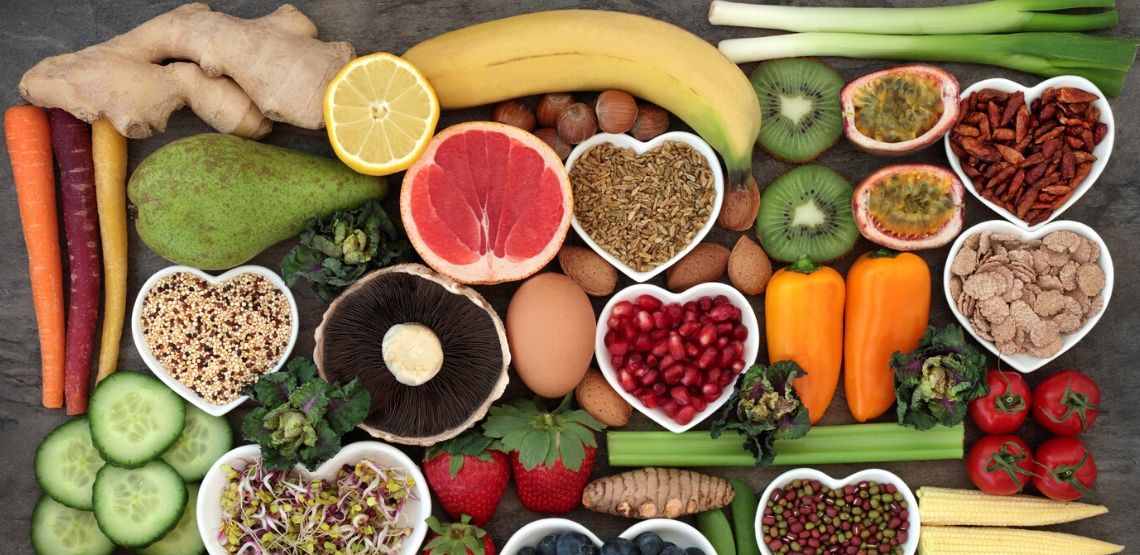Dietary Do’s and Don’ts
Glioblastoma is a type of brain cancer that grows and spreads quickly. If someone has Glioblastoma, eating the right foods is important because diet can impact how the body handles the disease and the treatments like Stivarga, an oral medication used to treat certain types of cancer.
Foods You'll Want to Avoid for Brain Health
- Sugary drinks.
- Refined carbohydrates.
- Trans fats.
- Processed meats.
- Artificial sweeteners.
- Highly processed foods.
- Fried foods.
- Red meat.
- Excessive alcohol.
- High-sodium foods.
Worst Foods for Glioblastoma
Processed Meats
Hot dogs, bacon and sausages are examples of processed meats. These foods are high in preservatives and chemicals like nitrates, which can be harmful. They may increase inflammation, which is not good for people with Glioblastoma.
Sugary Foods
Candy, cookies, soda and other sugary foods can cause a spike in blood sugar. Some studies suggest that cancer cells, including those in Glioblastoma, may grow faster with higher sugar levels.
Fried Foods
Foods like French fries, fried chicken and potato chips are high in unhealthy fats. These fats can cause inflammation and may weaken the immune system, making it harder for the body to fight the cancer.
Highly Processed Foods
These are foods that come in packages and have a lot of ingredients listed on the label, like instant noodles, snack cakes and frozen pizzas. They often have artificial flavors, colors and preservatives that are not beneficial for health.
Red Meat
Red meat, such as beef, lamb and pork, can be hard to digest and may increase inflammation. It’s best to limit red meat in the diet if you have Glioblastoma.
Best Foods for Glioblastoma
Leafy Greens
Spinach, kale and broccoli are rich in vitamins and antioxidants. These foods help protect the cells in your body and may slow down the growth of cancer cells.
Berries
Blueberries, strawberries and raspberries are full of antioxidants, which help the body fight off harmful substances. They also contain fiber, which is good for overall health.
Fish
Salmon, mackerel and sardines are rich in omega-3 fatty acids, which are good for the brain and may help reduce inflammation. Omega-3s can also support the immune system.
Nuts and Seeds
Almonds, walnuts, chia seeds and flaxseeds are packed with healthy fats, fiber and protein. They provide energy and may help in reducing inflammation.
Whole Grains
Foods like oatmeal, brown rice and whole wheat bread are better choices than refined grains. Whole grains have more nutrients and fiber, which can help keep your body strong.
Treatment Options for Glioblastoma
Treating Glioblastoma often requires a combination of methods. Here are some of the main treatment options:
Surgery
Doctors may try to remove as much of the tumor as possible through surgery. This is usually the first step in treating Glioblastoma.
Radiation Therapy
High-energy rays are used to kill cancer cells or stop them from growing. Radiation therapy often follows surgery to target any remaining cancer cells.
Chemotherapy
Drugs are used to kill cancer cells. Temozolomide is a common chemotherapy drug used to treat Glioblastoma.
Targeted Therapy
This treatment targets specific parts of cancer cells. For example, drugs like bevacizumab can stop the tumor from making new blood vessels, which it needs to grow.
Clinical Trials
Some people with Glioblastoma may choose to participate in clinical trials. These trials test new treatments that aren’t widely available yet.
Supportive Care
Besides treating the cancer directly, managing symptoms and maintaining quality of life is important. Supportive care may include pain management, physical therapy and counseling.
Stivarga
Stivarga is a brand name for the drug regorafenib. It is an oral medication used to treat certain types of cancer, including colorectal cancer, gastrointestinal stromal tumors (GIST) and hepatocellular carcinoma (a type of liver cancer). Stivarga works as a multikinase inhibitor, which means it targets multiple enzymes (kinases) involved in the growth of cancer cells and the blood vessels that supply them.
By inhibiting these enzymes, Stivarga can slow down or stop the growth of cancer cells and reduce the blood supply to tumors, helping to manage the disease. However, it can also cause side effects, including fatigue, hand-foot syndrome, diarrhea, high blood pressure and liver damage, among others.
Powering Your Plate
Eating the right foods and avoiding the wrong ones is important for anyone with Glioblastoma. While diet alone cannot cure the disease, it can support your body as you go through treatment. Treatment options like surgery, radiation and chemotherapy are key in fighting Glioblastoma. Working closely with doctors and nutritionists can help find the best approach to managing the disease.
Read on to learn about the worst foods for desmoid tumors.


